Did you know that dry lasagna noodles eventually do expire? If you're wondering about that old box of pasta sitting in your pantry, you're not alone. Luckily, we've rummaged through the research and have some great answers regarding noodles that have surpassed their best-by date!
Like most food, dry pasta will degrade over time. However, this product can last up to two years past its given expiration date if stored properly. Although it might taste stale, it can still be used during this timeframe if there are no signs of discoloration.
So, is it safe to eat expired pasta? How can you tell if it's gone bad? Should you refrigerate dry noodles? If you're feeling saucy, keep reading to learn everything you didn't realize you needed to know about dried lasagna!
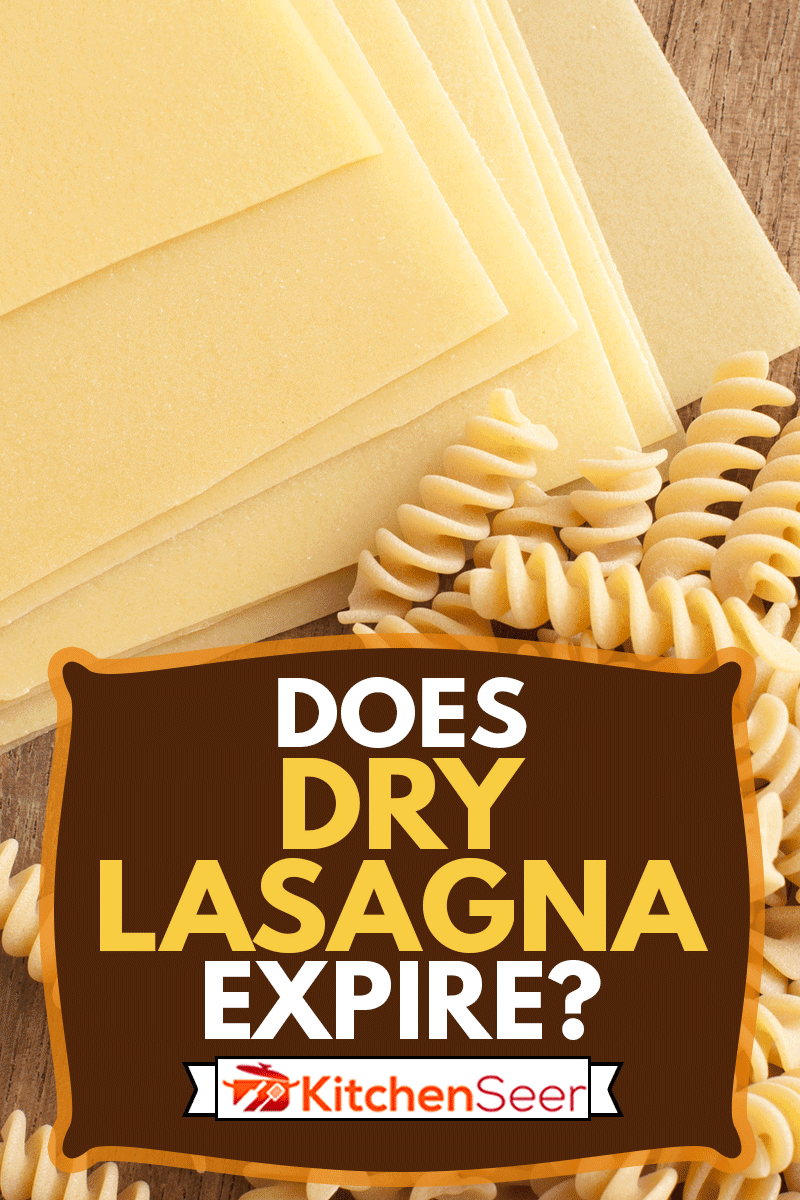
Expiration Vs. Sell-by Dates
Not everyone realizes, but expiration and sell-by dates on your food items do not mean the same thing! Let's take a peek at why this is.
Expiration
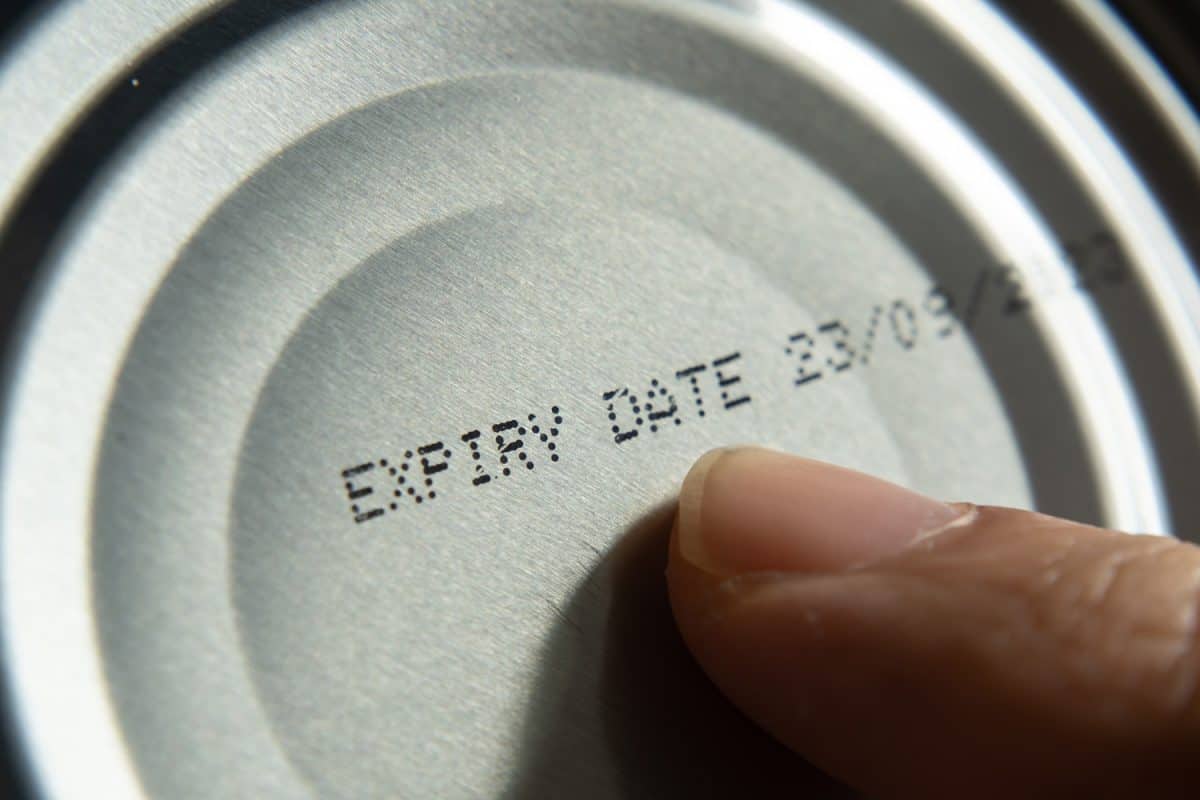
An expiration stamp is letting the customer know the exact day the food needs to be consumed. After this, it is generally recommended to throw it out for safety. Think of an expiration date as an absolute hard stop.
Sell-by/Best-by
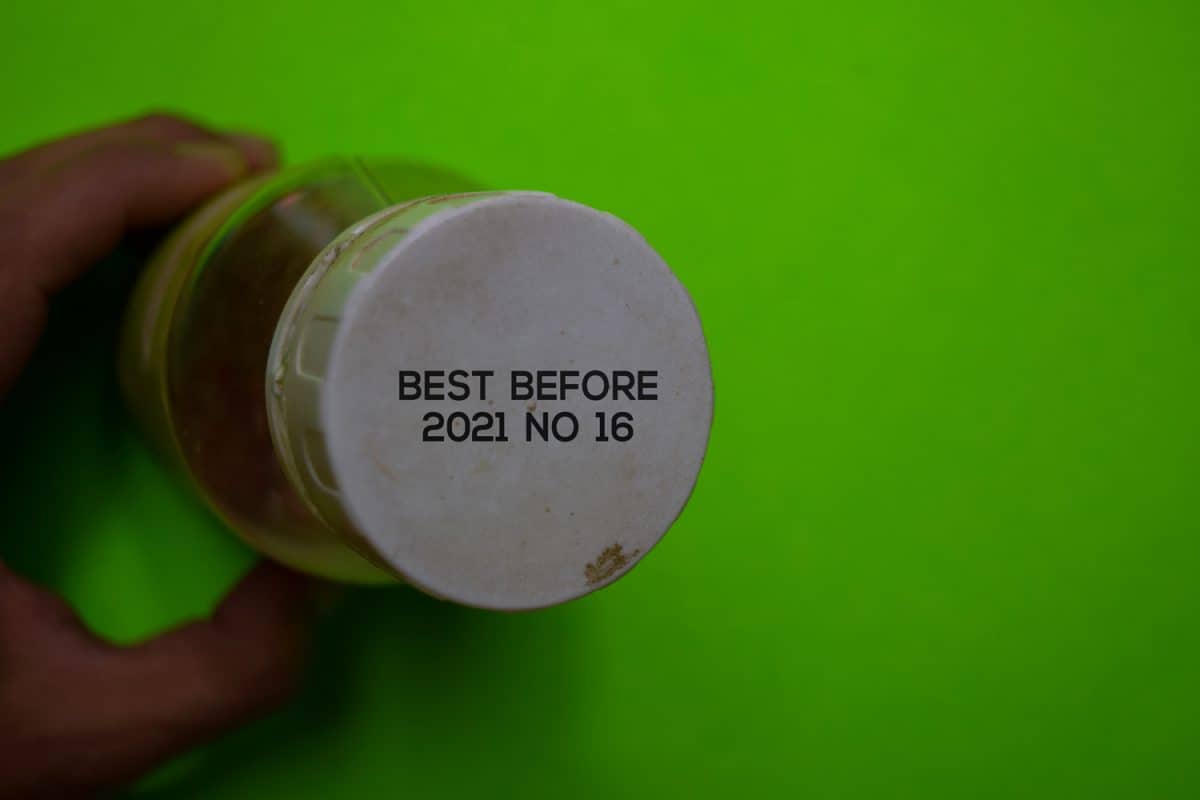
Sell-by and best-by dates signify that the item is at its highest quality when sold and used before the stamp. Afterward, these products are usually still safe to consume for a certain amount of time. However, the date marks when the manufacturer will no longer stand behind the item as being at peak freshness.
What Dates Mean for Your Lasagna Noodles
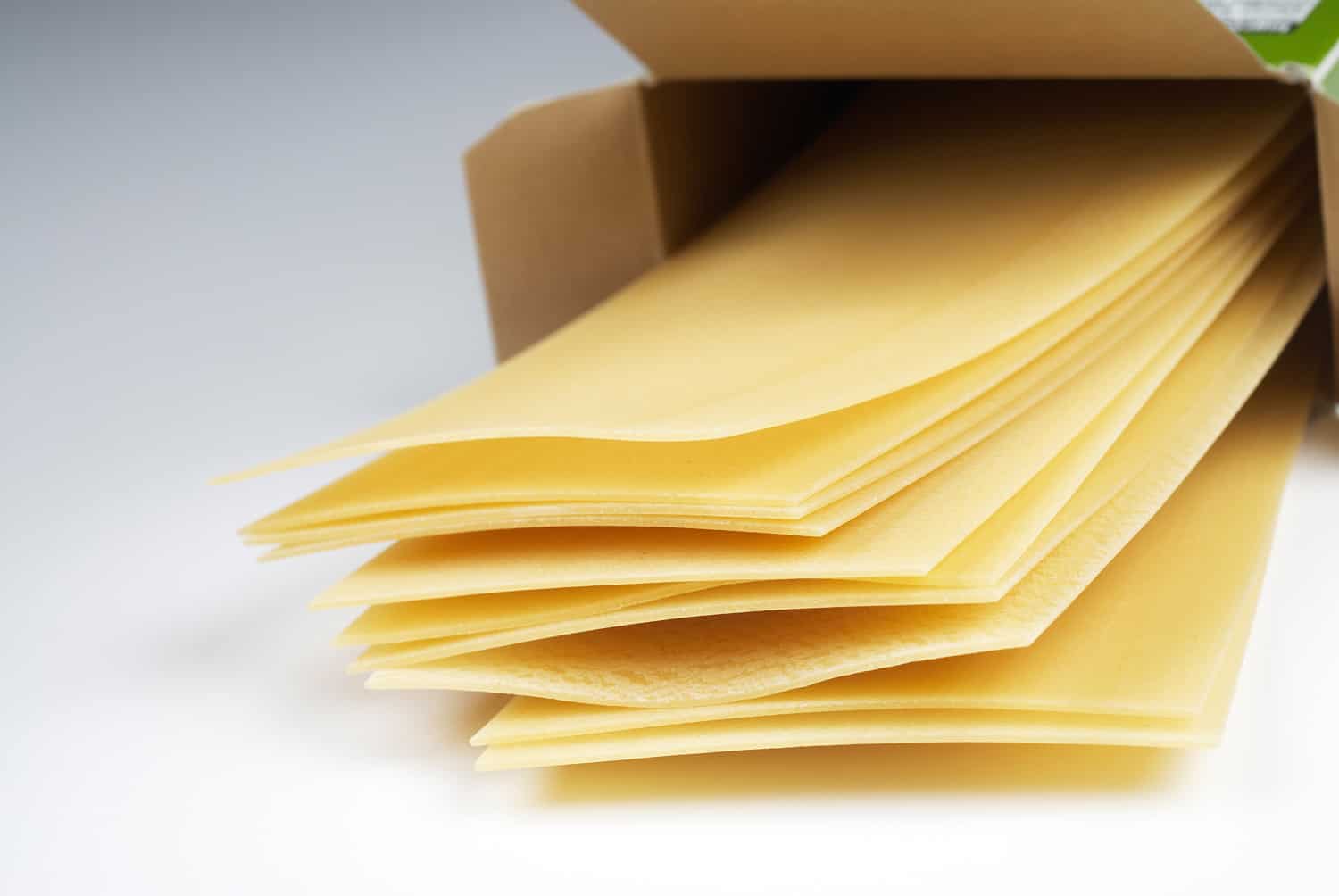
Most boxes of dried pasta carry a best-by date. So, assuming you have stored your portion safely, and we'll elaborate on that in a minute, it should remain useable for up to two years after the stamp. We still recommend using it within a year for the best results.
Is it safe to eat expired dry pasta?
Dry pasta that is past its stamped expiration date can still be completely safe to eat. As long as you've met storage guidelines and you see no obvious signs of it going bad, you don't have to be afraid to cook it. It might be stale, though. That being said, if you're uneasy, just toss it! Noodles are inexpensive and easy to replace.
How to know dry pasta has gone bad
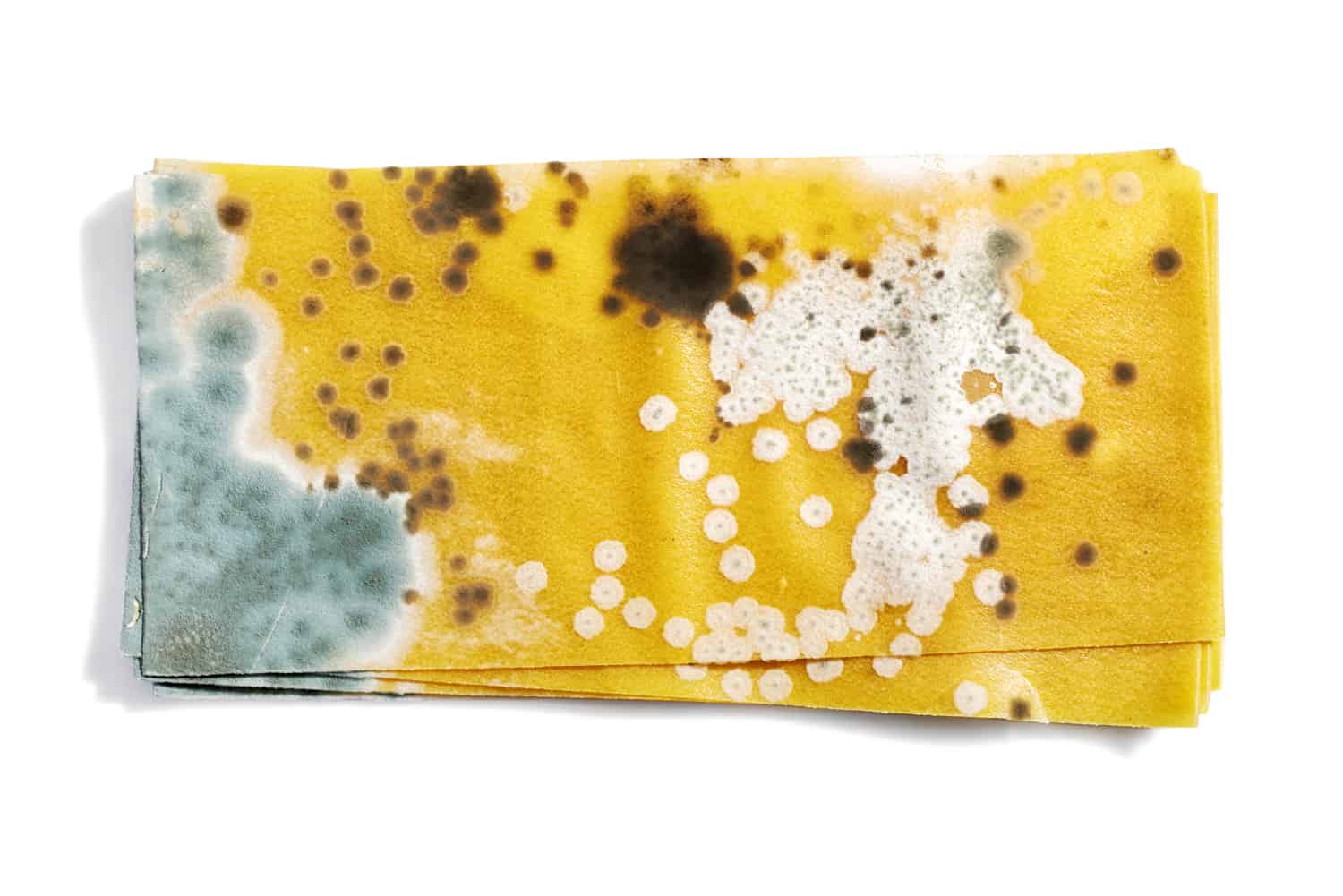
There are several signs your dry lasagna has crossed over to the dark side. If you experience any of the following, it's time to trash it. Food poisoning does not make for a fun day.
- Discoloration (turning white rather than its normal yellow)
- Visible mold spots
- Exposure to pest activity (mice, ants, weevils, roaches, etc.)
- Slimy consistency from absorbed moisture
- Bad or foul smell
Can I use expired lasagna noodles?
As we've previously established, you absolutely may cook with expired pasta noodles. However, it is recommended to do so within a year of the date stamp. Only use them if that is the case- and there are no other signs it might be compromised.
How do you store dry pasta?
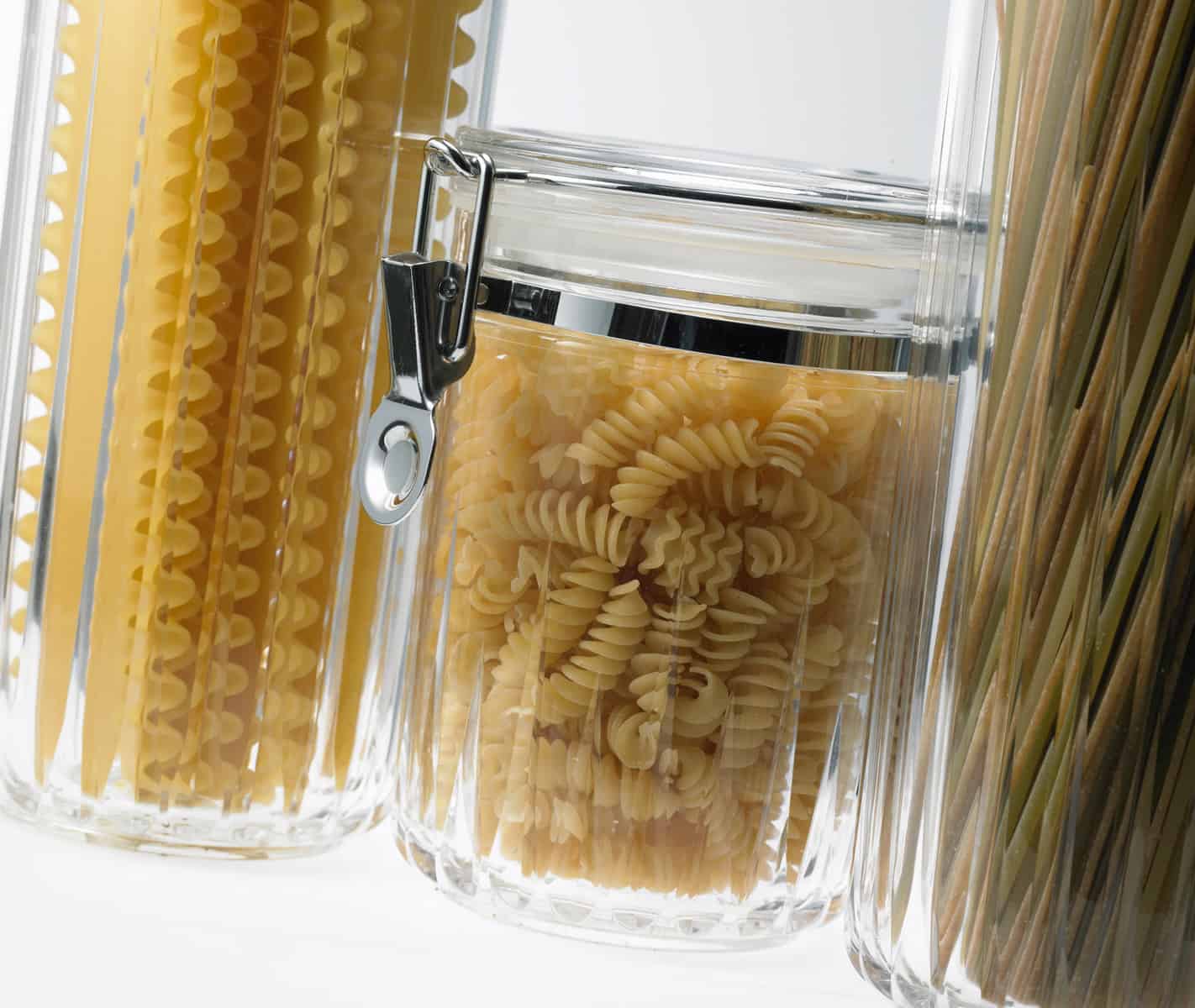
For safe long-term storage, keep your pasta in a dry, cool location like a pantry. Avoid areas where any moisture is present, as this can invite dangerous mold and bacteria. Steer clear of extreme temperature locations, too.
You'll want to keep it in an air-tight container or in the original box if it's currently unopened. If you own a vacuum sealer, you can definitely utilize that to store your noodles properly. We advise against using regular plastic bags for this purpose because of the potential for holes.
Make sure you use up opened boxes before new ones. This will keep your pasta cache at its freshest each time you're ready to eat!
If you're looking for air-tight pasta containers, click here to see Komax Canister Set on Amazon.
Can you refrigerate dry pasta?
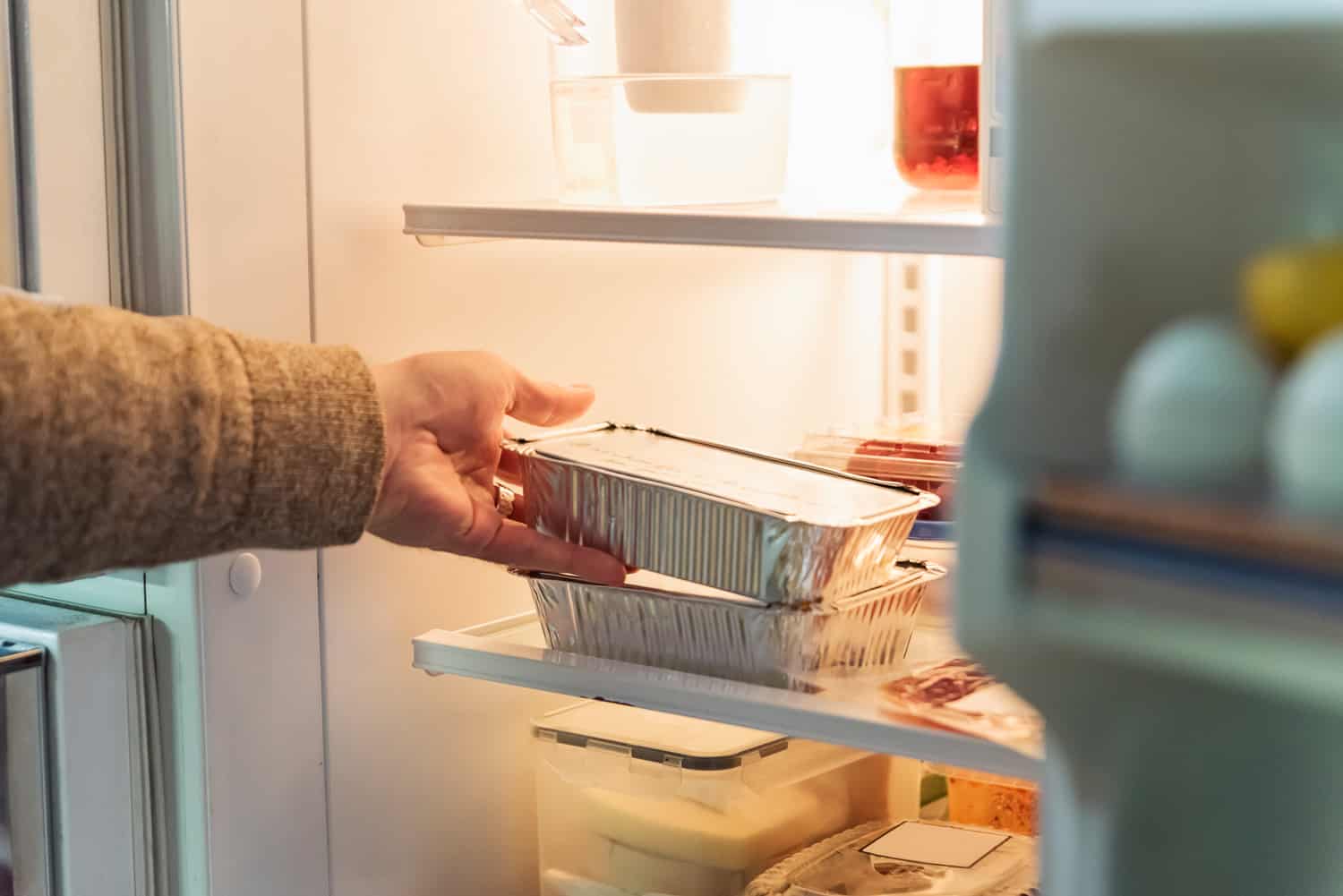
While you absolutely should refrigerate cooked noodles, you never want to store dry pasta in the fridge. This is because it's a moist environment. Moisture will build up and be absorbed, creating the perfect conditions for mold and other foodborne pathogens. Those guys are ravenous and have no problems chowing down on your food! Lengthen the life of dry lasagna by stashing it in the pantry instead.
Can you store dry pasta in the freezer?
Like the fridge, there's no reason your dry noodles need to be kept in the freezer. Even though it's chilly in there, it still possesses moisture. That's a problem for dried lasagna sheets because they will degrade faster under these conditions. While you may freeze an entire uncooked tray of lasagna as a whole, those dry noodles belong in the cupboard. Don't freeze them out!
How do you cook dry lasagna?
How you prepare your box of pasta depends on whether they're traditional or no-boil noodles. Of course, personal preference and specific recipe instructions also play a role. Let's look at some specific methods you might use!
No-Boil noodles
As you can guess from the name, no-boil lasagna noodles don't require boiling. In the factory, these sheets are partially cooked and then dehydrated for faster preparation time. If you're layering a dish with no-boil pasta, just be sure to include plenty of sauce for moisture. If using a drier sauce, try pre-soaking the noodles first. Otherwise, you're ready to go!
Traditional style
In traditional preparation, dry pasta noodles are first boiled before going into the casserole dish. Bring a large pot of water to a rolling boil over high heat. Add a dash of salt to help prevent clumping. Cook for 8 to 10 minutes, stirring often, to avoid sheets sticking together. The texture should be slightly firm, not hard or mushy. You may then continue with your recipe.
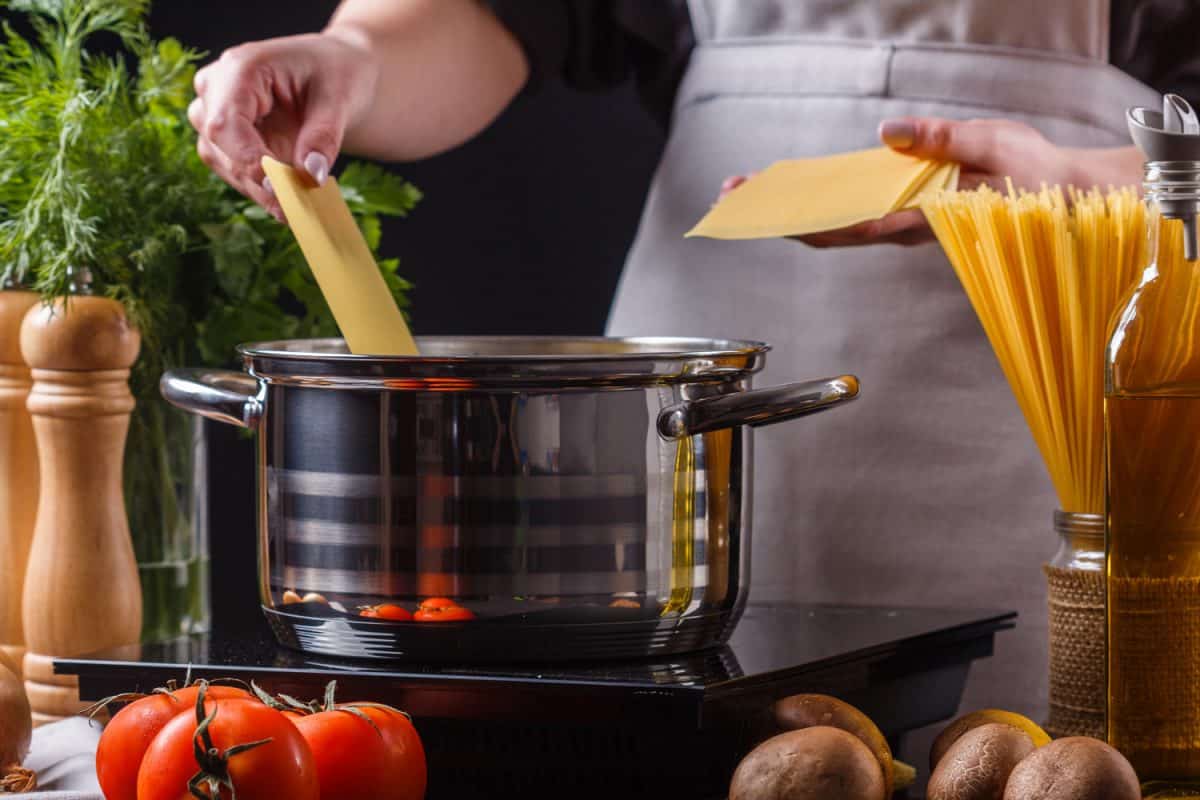
Alternatively, you could also soak the noodles instead of having to stand over them on the stove. Simply place all the sheets in a container with warm water. Make sure they stay submerged. After 30 minutes, those noodles will have absorbed as much moisture as boiling. It's difficult to tell the difference!

No-Cook
There are recipes out there that don't involve boiling or pre-soaking. Basically, you have the option of just tossing your uncooked noodles right into the casserole. And they don't have to be a no-boil brand to do this! For this, you'll be letting the juices of the sauce moisturize the lasagna sheets, similar to no-boil noodles. The difference is that this approach calls for adding about a half cup of water along the inside edges of the pan. Use even less if you have a naturally runny sauce.
- Tastes of Lizzy T provides an Easy Lasagna Recipe that employs the no-cook method.

In Closing
If that lonely box of forgotten lasagna noodles is still within a year of its date stamp, you don't have to make a last-minute dash to the store. Just be sure there's no mold, smell, or other red flags first. Pre-soak, boil, or simply throw them in the dish to cook.
Now, hop into the kitchen and explore all the yummy pasta-bilities!
Does Lasagna Finish With Pasta Or Sauce?
Can You Make Lasagna Without Cooking The Noodles?
What Size Pan Is Best For Lasagna?


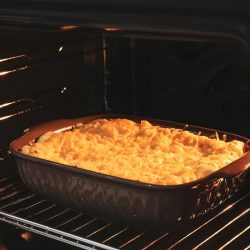
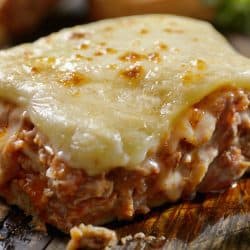

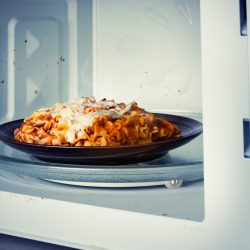
![stacked layers of flat pasta, ground beef tomato sauce, cream and cheese. How Long Should You Cook Lasagna [Including The Pasta Noodles & Time In Oven]](https://kitchenseer.com/wp-content/uploads/2021/04/stacked-layers-of-flat-pasta-ground-beef-tomato-sauce-cream-and-cheese.-How-Long-Should-You-Cook-Lasagna-250x250.png)
